Choosing the right off-camera flash can significantly impact the quality and efficiency of your photography. Whether you’re capturing portraits in a studio, shooting portraits on location, or covering events, the power and portability of your strobe matter. In this video, we compare two popular options from the Westcott FJ Wireless Flash System—the FJ400 and the FJ200. By understanding the differences between these two strobes, you’ll be better equipped to choose the right tool for your specific photography needs.
The Science of Watt/Seconds: Why Does It Matter?
When selecting a strobe, one of the first things to consider is its power, typically measured in Watt/Seconds (Ws). But what exactly does this measurement mean? Watt/Seconds refers to the energy a strobe can release in a single burst, which directly affects how much light it produces.
As photographers, it’s essential to train ourselves to see light the way a camera does. You might find yourself in For instance, the FJ400’s 400Ws means it can emit twice the amount of light as the FJ200’s 200Ws. This difference in power becomes particularly noticeable in scenarios where you need to overpower strong ambient light or when working in large spaces.
FJ400: The Powerhouse for Studio and Bright Locations
The FJ400 Strobe is designed for photographers who need a powerful light source capable of handling various shooting conditions. With 400Ws, this strobe is ideal for situations where you need to illuminate large spaces or overpower strong ambient light. However, this power and versatility come with a trade-off—its size and weight. While still portable at 5.8lbs, the FJ400 is larger and heavier compared to the FJ200, due to its increased power and larger battery. The FJ400 is not the most portable option in the FJ Wireless System, but its performance more than makes up for the extra weight.
Superior Performance in Bright Conditions
One of the standout features of the FJ400 is its ability to overpower strong ambient light, making it ideal for outdoor shoots in bright sunlight. For example, during a mid-day portrait session under a cloudless sky, the FJ400 can illuminate your subject while keeping the background dark and dramatic.
In the shots below, we used both the FJ400 and FJ200 under identical lighting conditions. Both strobes were modified with a 20” Rapid Box Beauty Dish Switch with silver interior and set to their maximum output. To get the same exposure on the subject’s face with both strobes, we had to increase the ISO from 400 to 800 for the FJ200 shot. This extra boast in ISO allowed the FJ200 to have the same power as the FJ400, but with a tradeoff. Since the ISO was raised the camera overall sensitivity to light has increased, making not only the light from the flash brighter but also the ambient light of the background. This is why the FJ400’s shot had a darker, moodier background, thanks to its ability to overpower the sun and control ambient light.
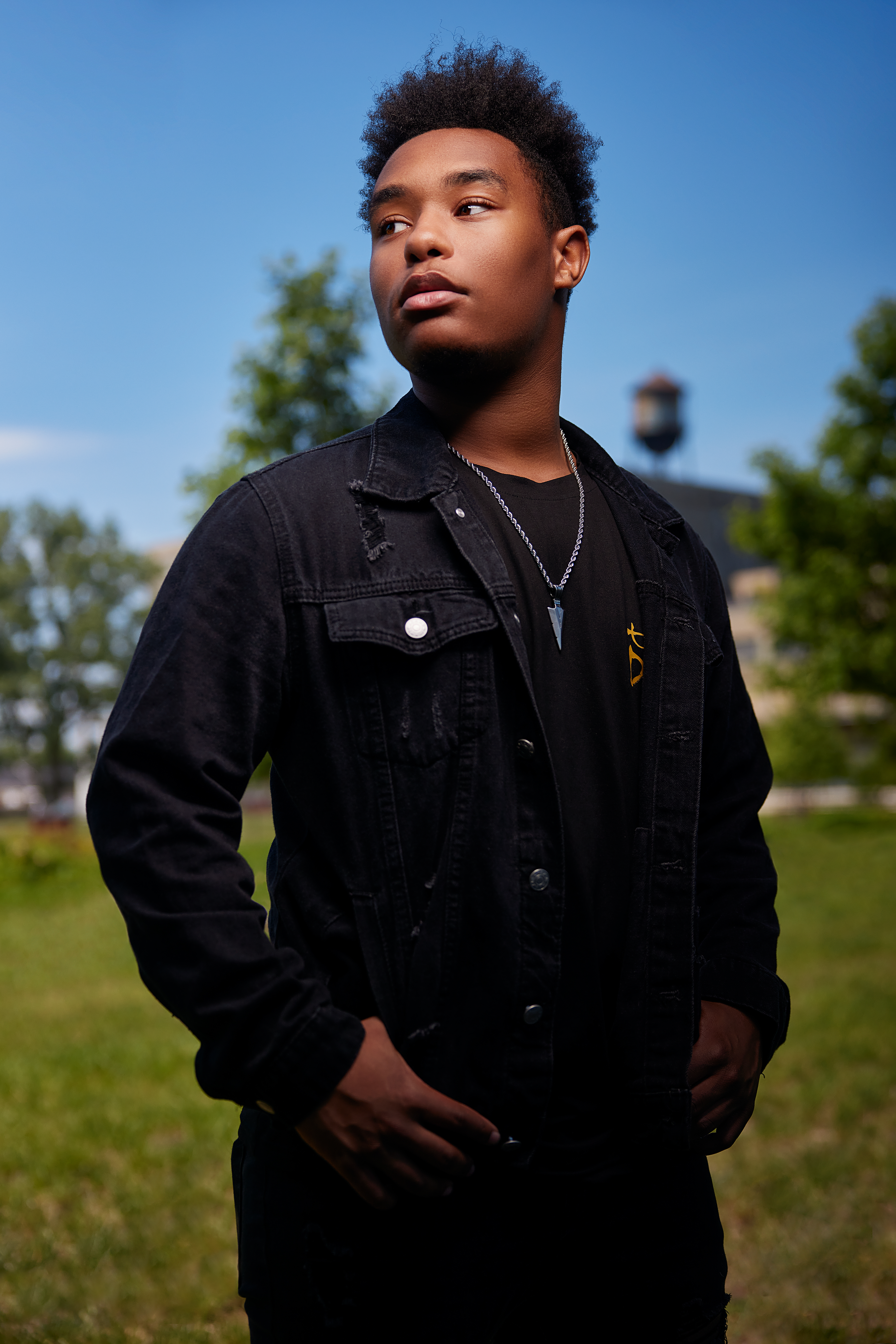
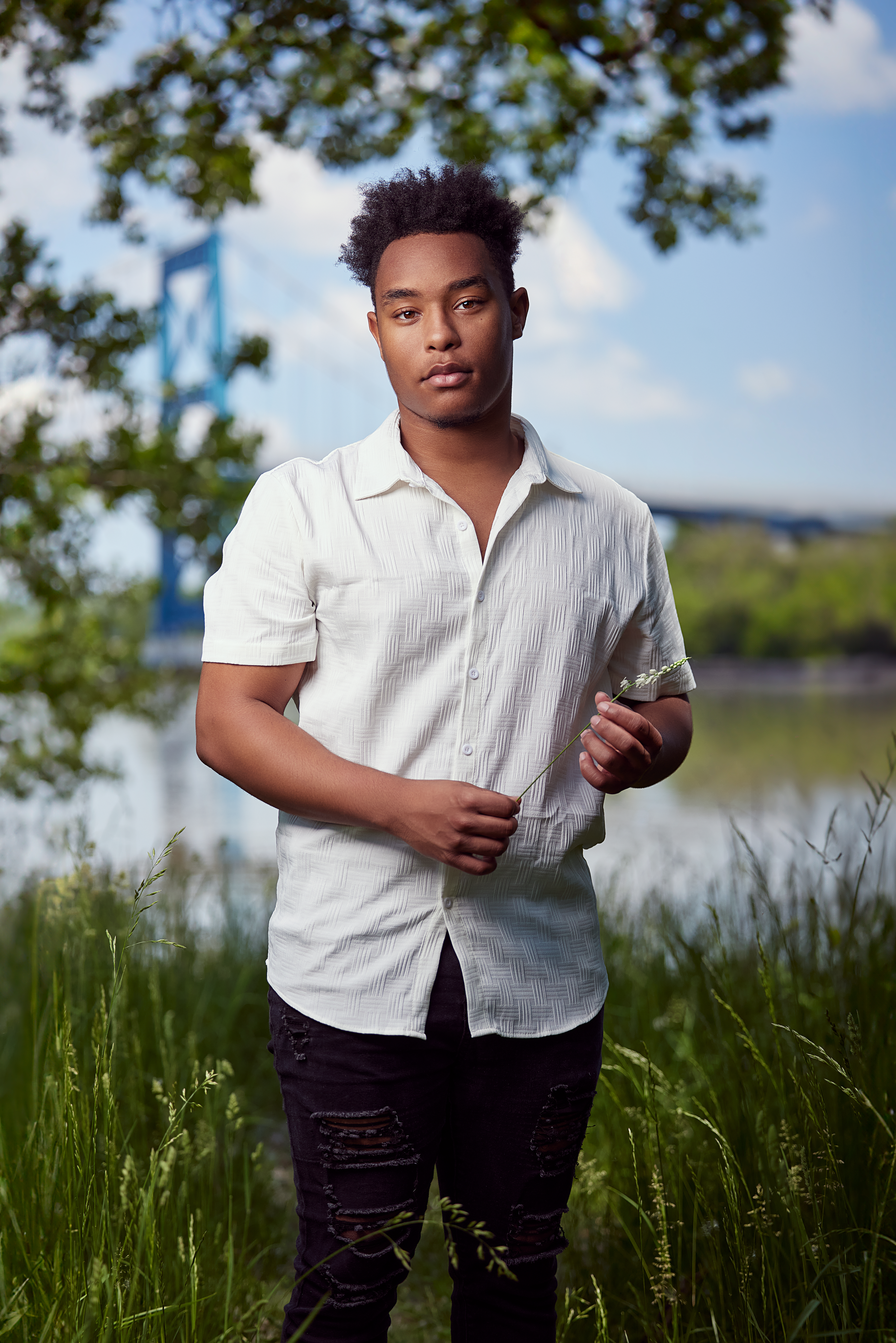
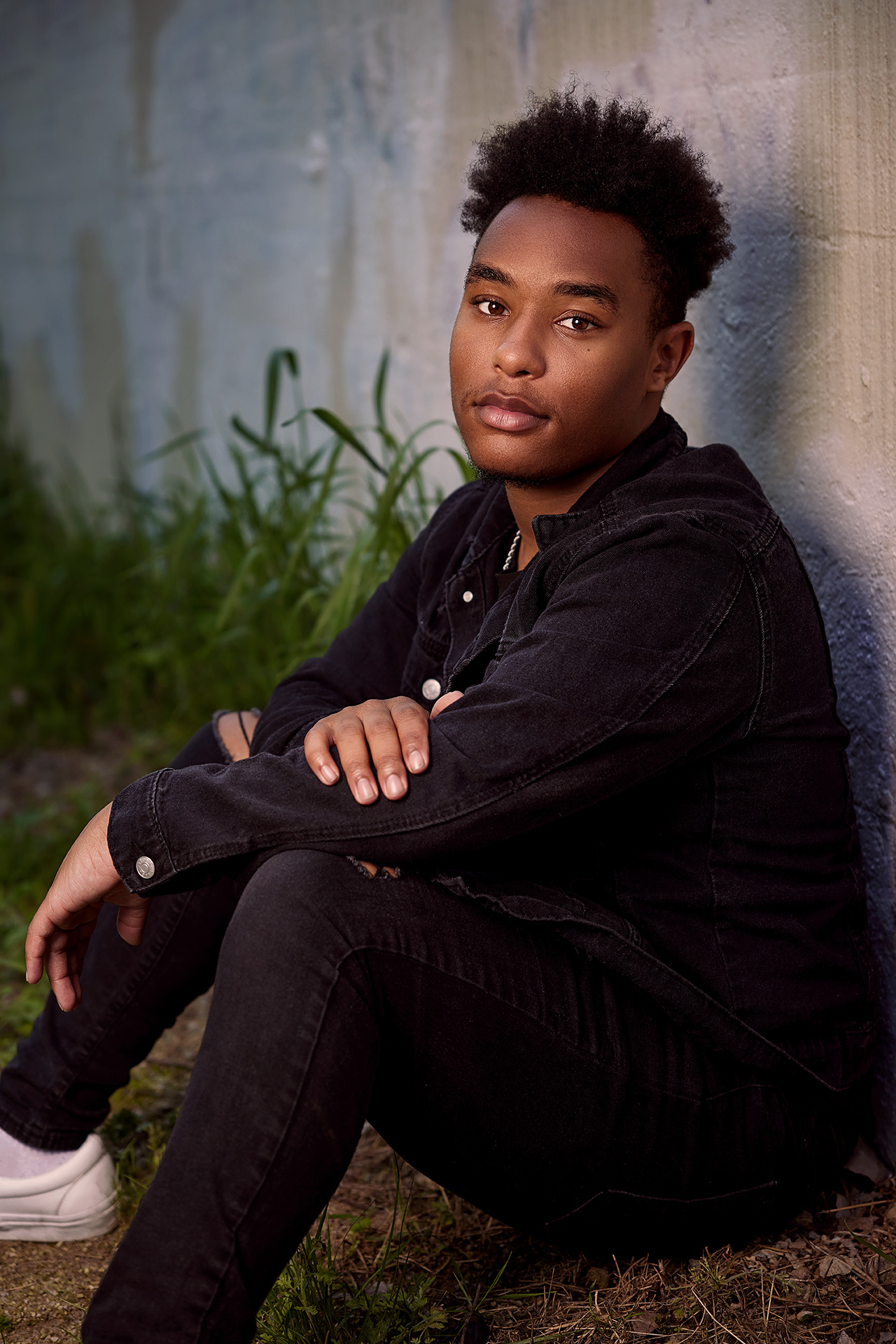
Versatility in the Studio
In a studio setting, the FJ400’s 400Ws provide ample power for a wide range of setups. Whether you’re shooting fashion, product photography, or large group portraits, this strobe can handle it all. Its higher power output allows you to use larger modifiers and still achieve consistent, even lighting across your subject.
FJ200: Lightweight and Portable for Photographers on the Move
The FJ200 offers a more compact and portable alternative, making it an excellent choice for photographers who need to travel light.
Perfect for Shaded and Indoor Shoots
While the FJ200 doesn’t match the FJ400 in raw power, it excels in more controlled environments, such as shaded outdoor locations or indoor studios. During our test, the FJ200 performed exceptionally well in a shaded area, providing enough light to achieve a balanced exposure while keeping the setup lightweight and portable.
In the comparison below, we used both the FJ400 and FJ200 under identical lighting conditions with the same camera settings. The only difference was the power level on the strobes: the FJ200, being less powerful, was set to level 9, while the FJ400 was set to level 7. This demonstrates that when shooting in areas where high power isn’t necessary, you can achieve the same look with the FJ200 as with the FJ400. Opting for the FJ200 in these situations allows you to save space and travel more efficiently.
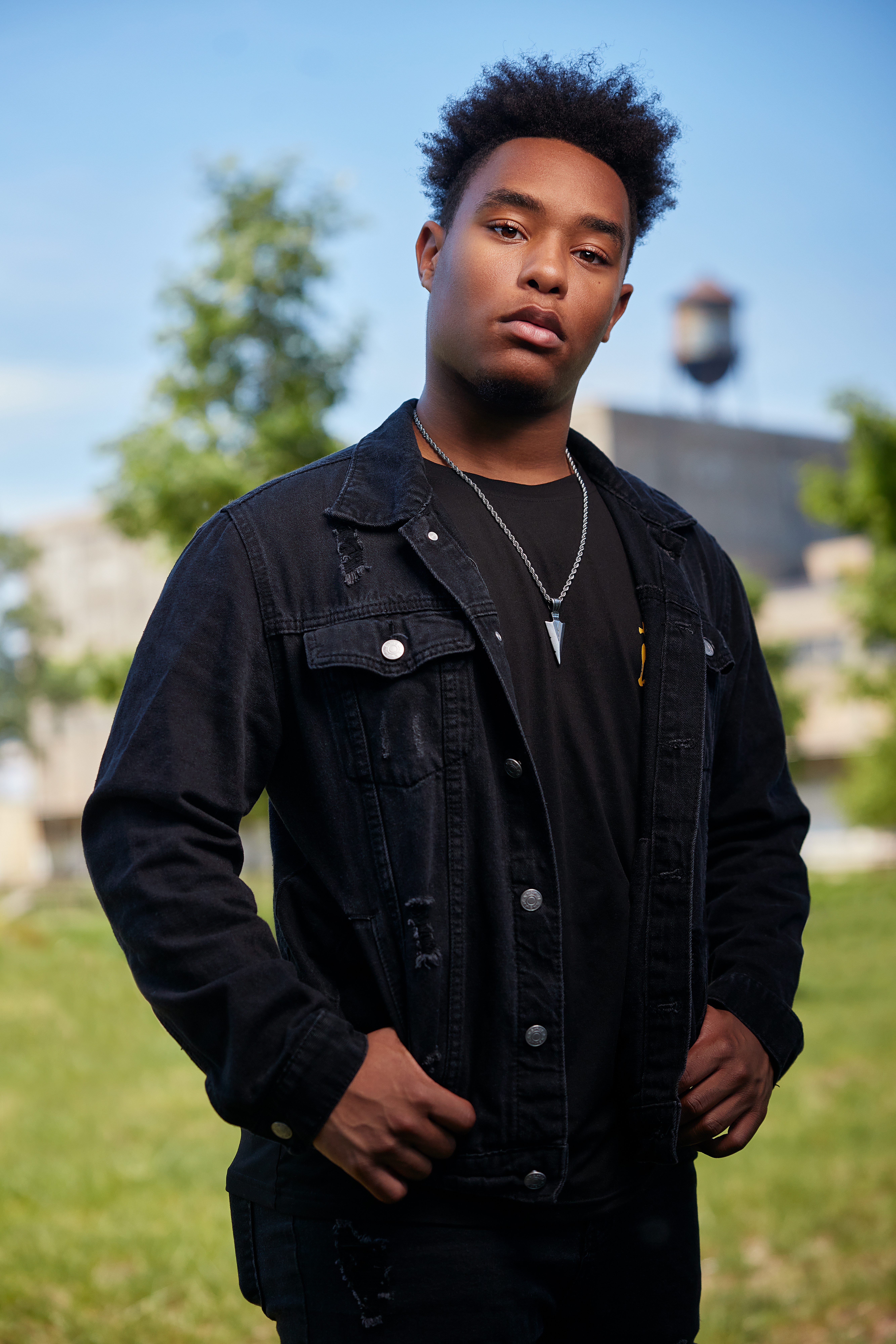
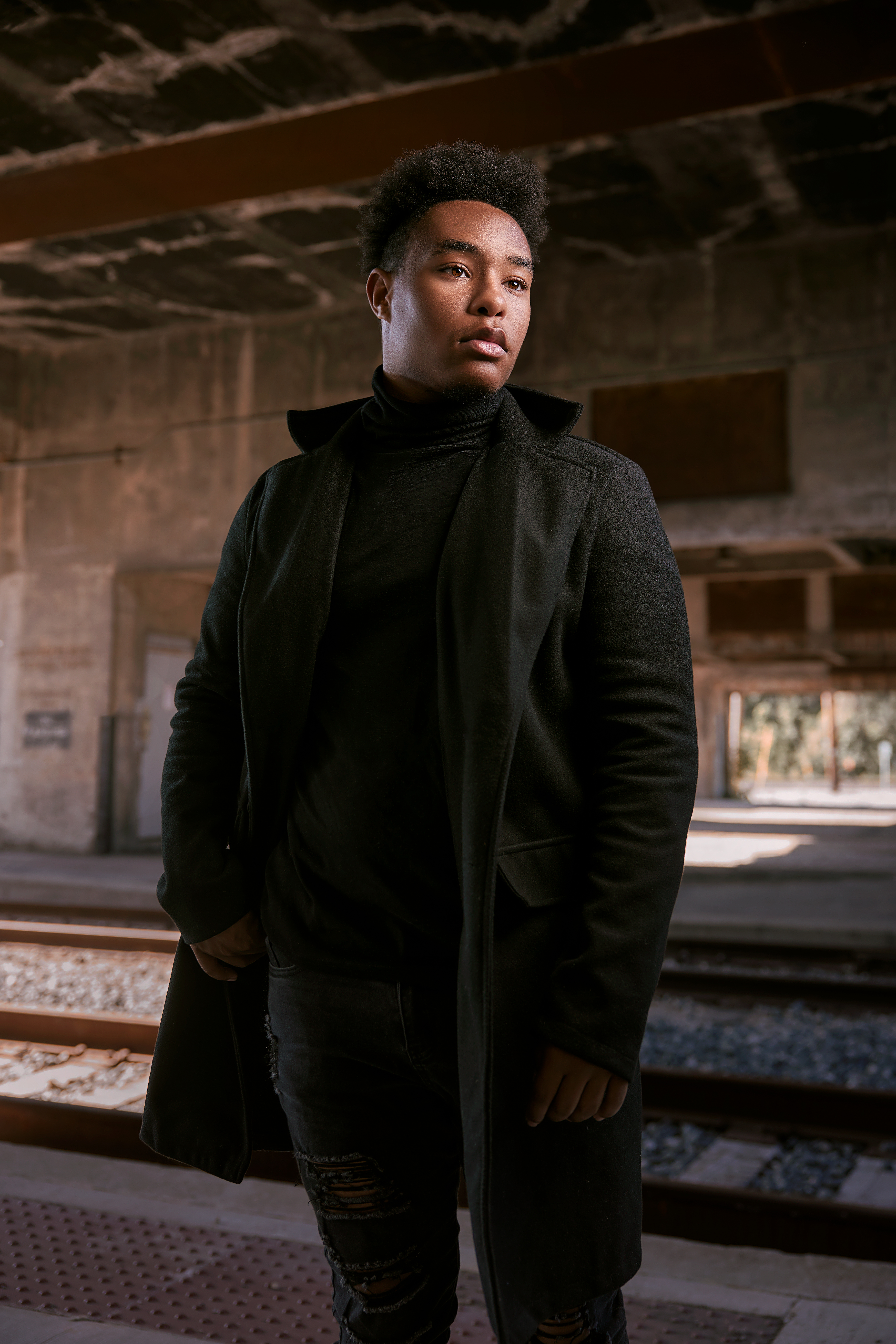
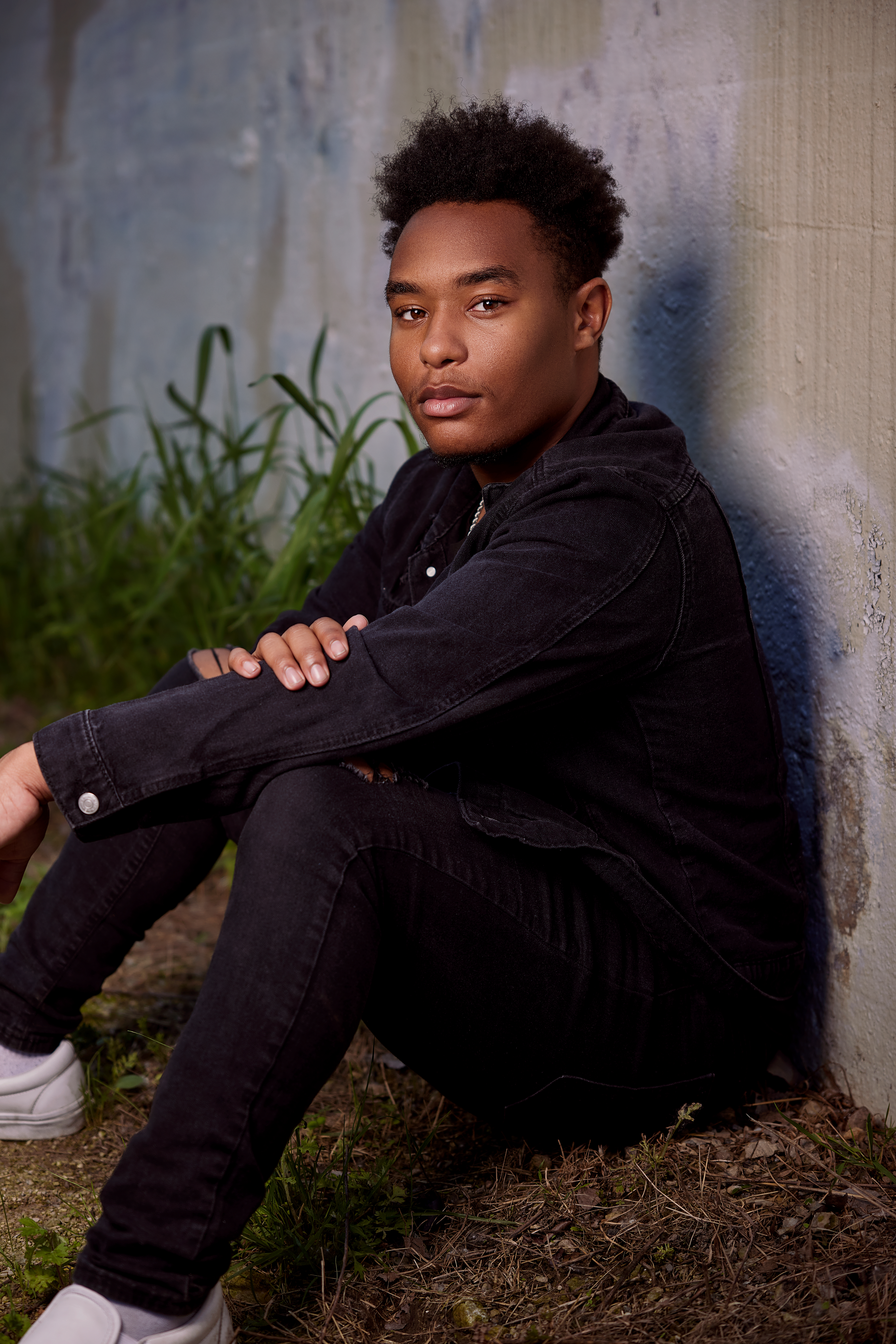
Travel-Friendly Design
Weighing just 2.5 lbs., the FJ200 is significantly lighter than the FJ400, making it ideal for photographers who are always on the go. Whether you’re shooting a destination wedding, covering an event, or capturing street photography, the FJ200’s portability allows for quick setups and easy transport.
The FJ200 is ideal in situations where there is less ambient light to control over the scene. In situations where you are shooting in bright sunlight, the FJ200 may not provide enough light to achieve the desired effect. In these cases, the FJ400 would be the better option.
Working Together: The Power of the FJ Wireless System
One of the standout features of both the FJ400 and FJ200 is their seamless integration into the FJ Wireless System. This system allows you to mix and match different lights, giving you the flexibility to use the FJ400 as your primary light and the FJ200 as a fill or accent light.
Using the FJ-X3m trigger or any other FJ Wireless Trigger, you can control both strobes simultaneously, enhancing your creative possibilities and streamlining your workflow. Whether you’re setting up complex lighting scenarios in a studio or working on location, the FJ Wireless System makes it easier to achieve the results you want.
Which Strobe Should You Choose?
In the end, the choice between the FJ400 and FJ200 comes down to your specific needs as a photographer. If you often find yourself in bright, challenging environments where overpowering ambient light is essential, the FJ400’s power and versatility make it the better option. However, if portability, quick setups, and ease of use are your top priorities, especially when working in shaded or indoor settings, the FJ200 is an excellent choice.
Both strobes offer unique advantages, and thanks to the FJ Wireless System, they can work together to cover a wide range of lighting needs. No matter which one you choose, you’ll be equipped to handle a variety of shooting scenarios with confidence.
Lighting Gear in Action

Original FJ400 Strobe with AC/DC Battery (400Ws)4700
FJ200 Strobe
4740

Original FJ400 Strobe with AC/DC Battery (400Ws)4700






You must be logged in to post a comment.